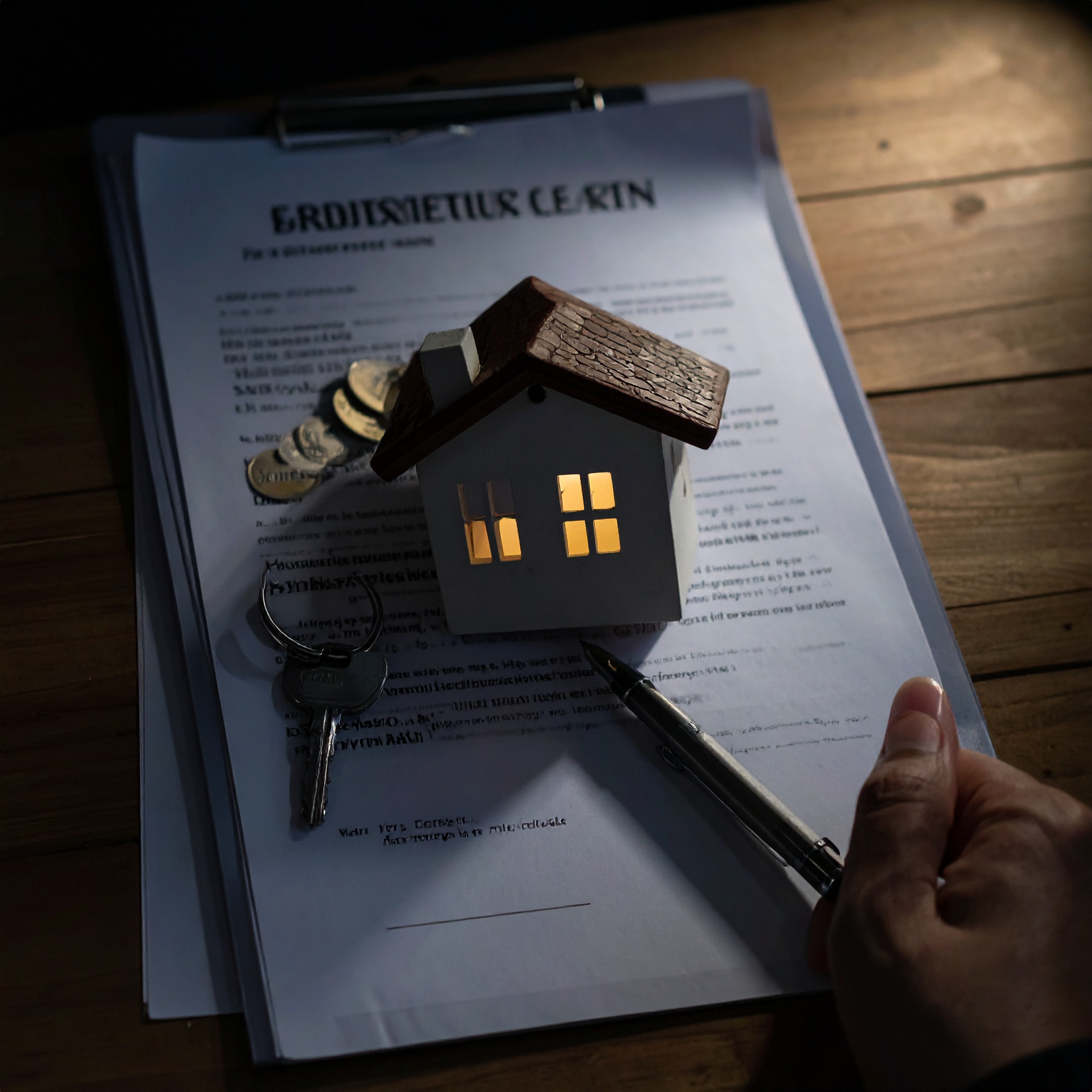When renting a property in Japan, one of the foremost considerations is the expected rent. Interestingly, even with identical floor plans and similar square footage, rental prices can vary dramatically—sometimes by over ¥20,000—depending on the neighborhood and the building’s age. This often leaves prospective tenants questioning the rationale behind such disparities.
Rental valuations are determined by far more than just layout and size. Proximity to transport hubs, neighborhood ambience, structural integrity, modern amenities, the building’s age, and the local supply-demand dynamics all play pivotal roles in setting market rates.
This article offers a refined analysis of how rental prices are established in Japan, with a particular focus on two primary determinants: location and building age. The aim is to provide discerning tenants and investors with a deeper understanding of the nuances behind real estate pricing.
Why Rental Prices Vary by Location
Even within the same prefecture in Japan, rental prices can differ significantly between urban centers and suburban areas. This disparity is primarily driven by variations in convenience, market demand, and the perceived value of each neighborhood.
In areas surrounding major train stations, commercial districts, corporate hubs, prestigious universities, and international services, demand is typically high. Consequently, rental rates in these locations tend to be elevated. In contrast, suburban areas with longer commute times via train or bus often offer comparable space at more modest prices.
Transportation accessibility is a key determinant of rental value. Properties located within a five-minute walk from the nearest station often command higher rents compared to those requiring a 15-minute walk. Additional factors such as the presence of elevators, hilly terrain, or stair-only access can also influence valuation.
Moreover, neighborhood characteristics—including public safety, proximity to reputable schools, medical institutions, and retail amenities—play an essential role in rent calculation. Areas with a high concentration of foreign residents frequently offer multilingual support and a culturally inclusive infrastructure. While these features enhance livability, they also tend to elevate rental pricing accordingly.
The Impact of Building Age on Rental Value
In general, the older a building becomes, the more likely its rental value will decline. This trend is primarily due to natural wear and the gradual obsolescence of infrastructure, which can diminish both comfort and perceived security.
Properties that are newly built or within five years of construction typically command premium rents. These residences often feature state-of-the-art amenities, modern seismic compliance, advanced insulation, and contemporary architectural design. For discerning tenants, such properties evoke feelings of cleanliness, safety, and modernity—qualities that justify a higher rental rate.
Conversely, properties exceeding 20 or 30 years in age often see a noticeable drop in rental value. Even when interiors have been updated, outdated structural systems or plumbing may remain, potentially leading to concerns over long-term maintenance and daily comfort for tenants.
However, age alone does not determine value. Older buildings that are meticulously maintained or have undergone comprehensive renovations can retain competitive rental pricing. For renters and investors alike, it is essential to evaluate not just the property’s façade, but also the quality of management and the extent of modern upgrades.
The Intersection of Location and Building Age: Striking the Optimal Value Balance
Achieving the ideal balance between location and building age can significantly enhance one’s ability to secure a superior property within a fixed budget. For example, it is not uncommon to find a 20-year-old residence in a prime urban district priced identically to a newer, five-year-old home in the suburbs.
The choice between the two often hinges on lifestyle priorities—commuting distance, daily routines, emphasis on modern amenities, family considerations, or language accessibility. Those who prioritize contemporary living standards may favor newer buildings, while others drawn to the vibrancy and connectivity of central neighborhoods may prefer older properties with a more established urban character.
For expatriate residents in particular, proximity to English-speaking hospitals, international schools, or government services designed for non-Japanese speakers can provide peace of mind. Thus, rental decisions should not be based solely on surface-level comparisons of price and age; they require a broader evaluation of “livability” in the context of daily life and personal comfort.
Additional Factors Influencing Rental Prices
Beyond location and building age, numerous other elements can significantly impact rental valuations. Discerning tenants and investors are advised to consider the following attributes when comparing properties:
Layout and Usable Space
Even within the same floor plan category, such as a 1LDK (one-bedroom apartment with living/dining/kitchen area), a unit with 40 square meters of space will command a markedly higher price than one with 30. In addition to overall square footage, the presence of storage areas, walk-in closets, and balconies can further enhance a property’s desirability and rental value.
Building Structure
Properties constructed with reinforced concrete (RC) or steel-reinforced concrete (SRC) offer superior sound insulation and structural durability compared to wood-frame buildings. These construction types are often associated with elevated rental tiers.
Amenity Quality
High-end features such as auto-lock entry systems, security cameras, climate control, bathroom dehumidifiers, bidet-equipped toilets, and complimentary high-speed internet access are increasingly standard in luxury rentals and are directly reflected in pricing.
Property Management Standards
The presence of an on-site building manager, regular maintenance, and pristine common areas are indicators of a well-managed property. Such attention to upkeep often justifies higher rental costs and appeals to tenants seeking a secure, orderly living environment.
Assessing the Appropriateness of Rental Pricing
While online property listings offer a vast array of rental options, understanding whether a listed price is justified requires a comparative approach. Evaluating multiple properties within the same area—sharing similar layouts and building ages—provides critical context for identifying which listings are priced above, within, or below market norms.
Engaging with real estate professionals is also key. Inquiring about the local average rent for a given set of conditions, or asking why a particular unit may be priced higher than comparable listings, can reveal valuable insights into the rent structure—and sometimes open the door to negotiation.
For international tenants, who may be unfamiliar with the nuances of Japan’s rental practices, developing a sense of local price benchmarks is essential in avoiding misunderstandings or misaligned expectations. Beyond surface-level affordability, factors such as location, building integrity, and long-term livability should all be considered in making a well-informed and satisfying housing decision.




